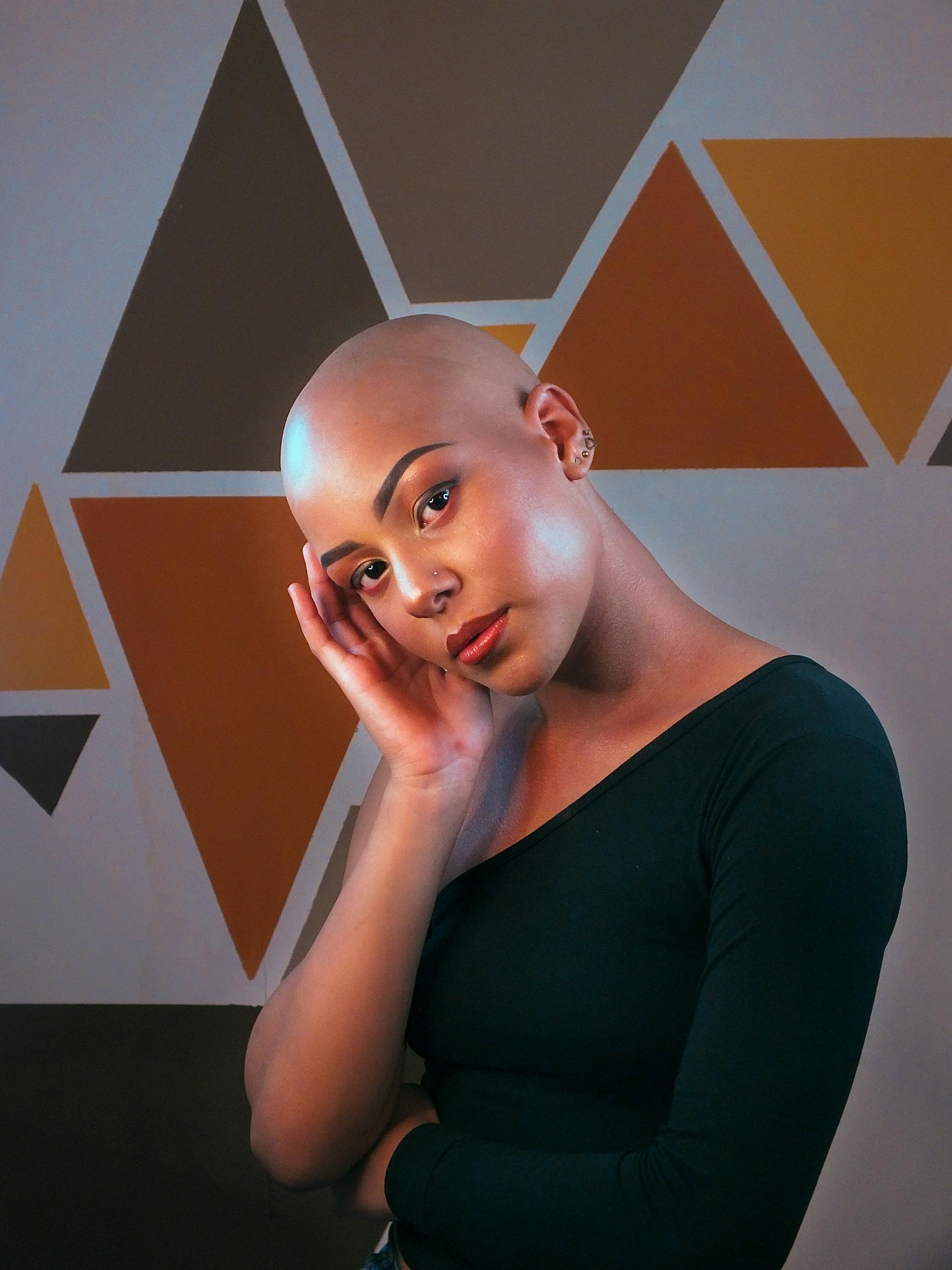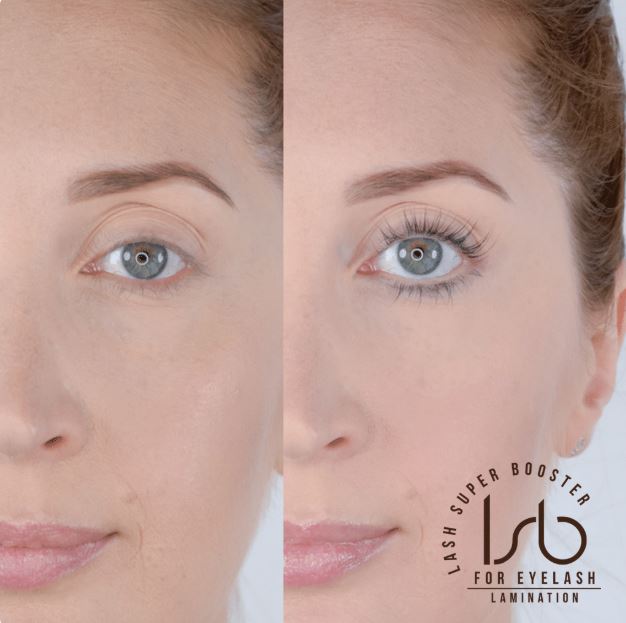Hair loss due to alopecia can be challenging, especially when it affects eyelashes and eyebrows. Understanding various solutions can help boost appearance and confidence. Here’s a guide to help navigate the options available for enhancing or replacing eyelashes affected by alopecia.
Can You Wear False Eyelashes with Alopecia?
False eyelashes are an excellent option for those experiencing complete lash loss due to alopecia. They provide an immediate and dramatic improvement in appearance, which can significantly boost confidence. False lashes come in a variety of styles, from natural-looking to more dramatic options, allowing individuals to customize their look based on personal preference.
- False Eyelashes: Ideal for those with complete lash loss. They come in strips or as individual lashes.
- Application: Apply with adhesive directly to the skin; no natural lashes are required.
- Types: Synthetic or natural materials; choose based on comfort and appearance.
- Tips: Avoid heavy adhesives if you have sensitive skin. Opt for hypoallergenic options to minimize irritation.
When selecting false eyelashes, consider the weight and material. Lighter lashes made from synthetic fibers may be more comfortable for daily wear. It’s crucial to practice application techniques to achieve a natural appearance. Many beauty professionals offer tutorials or in-person guidance for those new to wearing false lashes.
Lash Extensions for Alopecia
Many wonder, “Can someone with alopecia get lash extensions?” The answer depends on the extent of lash loss. Lash extensions can be a viable option for those with partial lash loss, providing a fuller, more dramatic look that can last for several weeks.
- Lash Extensions: Best if you have some natural lashes. They enhance volume and length.
- Limitations: Not suitable if you have complete eyelash loss as extensions need a base lash.
- Consultation: Speak with a technician experienced in handling alopecia clients.
- Safety: Ensure products free from harsh chemicals to avoid eye irritation.
It’s important to note that the success of lash extensions depends on the health and strength of your existing lashes. A skilled technician can assess your lashes and recommend the most suitable type and length of extensions. They may suggest a lighter, more natural-looking set to avoid putting too much stress on your natural lashes. Regular maintenance appointments are crucial to keep the extensions looking their best and to monitor the health of your natural lashes.
Enhancing Lashes with Serums
Regrowth is a common query, like “Do lash serums work for alopecia?” Lash serums have shown promise in promoting eyelash growth for some individuals with alopecia. While results can vary, many users report improvements in lash length and thickness with consistent use.
- Lash Serums: Products like the Nutrilash Eyelash Serum are designed to nourish and potentially stimulate growth.
- Ingredient Watch: Opt for formulations like Nutrilash which avoid prostaglandins, reducing side effects.
- Consistency: Regular application over months is crucial for visible results.
- Consultation: Discuss any product use with a dermatologist to align with your treatment plan.
When choosing a lash serum, look for ingredients known to support hair growth, such as peptides, biotin, and panthenol. Some serums contain prostaglandin analogs, which can be effective but may cause side effects like iris color change or eyelid darkening. Always read product labels carefully and consult with a healthcare professional before starting any new treatment regimen. It’s worth noting that while some users see significant improvements, others may experience minimal results, highlighting the importance of managing expectations.
Semi-Permanent Solutions: Microblading and Microshading
Microblading, micropigmentation, and similar techniques provide longer-term solutions for enhancing the appearance of lashes and brows affected by alopecia. These methods can create the illusion of fuller, more defined lashes and brows, lasting for several months to over a year.
- Microblading: Suitable for defining eyebrows when applied carefully.
- Microshading: Adds depth beyond individual lash lines, creating a fuller appearance.
- Duration: Results can last up to 18 months before requiring a touch-up.
- Professional Advice: Consult with experts familiar with operating on sensitive, compensatory areas like the lash line.
Microblading and microshading techniques have gained popularity among alopecia patients due to their natural-looking results. These procedures involve using fine needles to deposit pigment into the skin, mimicking the appearance of individual hairs. For the lash line, a technique called lash enhancement can create the illusion of fuller lashes without the need for daily makeup application. It’s crucial to choose a skilled and experienced technician, preferably one with experience working with alopecia clients, to ensure the best possible outcome.
Color Enhancement for Eyelashes
For those exploring cosmetic routes, tinting presents a feasible option for enhancing the appearance of sparse lashes. Tinting can make existing lashes appear darker and more prominent, creating the illusion of fuller lashes.
- Eyelash Tinting: Products like black blue eyelash tint add depth and a more pronounced look.
- Durability: Offers a 4 to 7-week lifespan, ideal for low-maintenance enhancement.
Eyelash tinting is particularly beneficial for those with light-colored lashes or those who have some lash growth but lack pigmentation. The process is quick, typically taking about 15 minutes, and the results can significantly enhance the eyes’ appearance without the need for daily mascara application. However, it’s important to have the procedure done by a professional to ensure safety and optimal results. Some individuals may experience sensitivity to tinting products, so a patch test is recommended before the full application.
Lash Lifts: A Word of Caution
While lash lifts might appeal for eyelash revival, those with alopecia should practice caution. Lash lifts work by chemically altering the shape of existing lashes, which can be risky for those with already compromised lash health.
- Lash Lift: Aligns and curls existing lashes but requires healthy natural lashes.
- Considerations: Over-lifting can cause lash damage, mirroring issues like an over curled lash lift.
- Alternative: Opt for serums and selective tinting if natural lash strength is compromised.
For individuals with alopecia who still have some natural lashes, a very gentle lash lift might be possible, but it’s crucial to consult with a professional who understands the unique needs of alopecia-affected lashes. They can assess whether your lashes are strong enough to withstand the treatment without causing further damage. In many cases, focusing on nourishing and strengthening existing lashes through serums and gentle care routines may be a safer alternative to chemical treatments like lash lifts.
Exploring the right track for boosting eyelash prominence while managing alopecia involves balancing immediate cosmetic solutions alongside long-term growth-focused treatments. Whether opting for serums, tints, or false lashes, consider advice from dermatologists and experienced beauty technicians to ensure safe and satisfying results. Remember that treatment efficacy can vary, and what works for one person may not work for another, emphasizing the importance of a personalized approach to lash enhancement in alopecia management.


